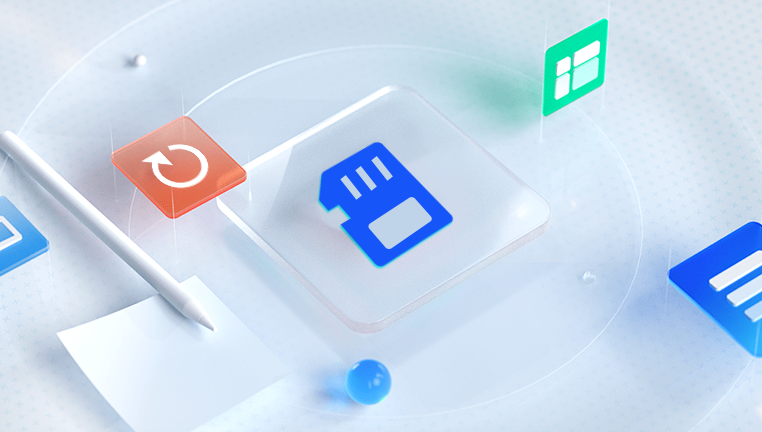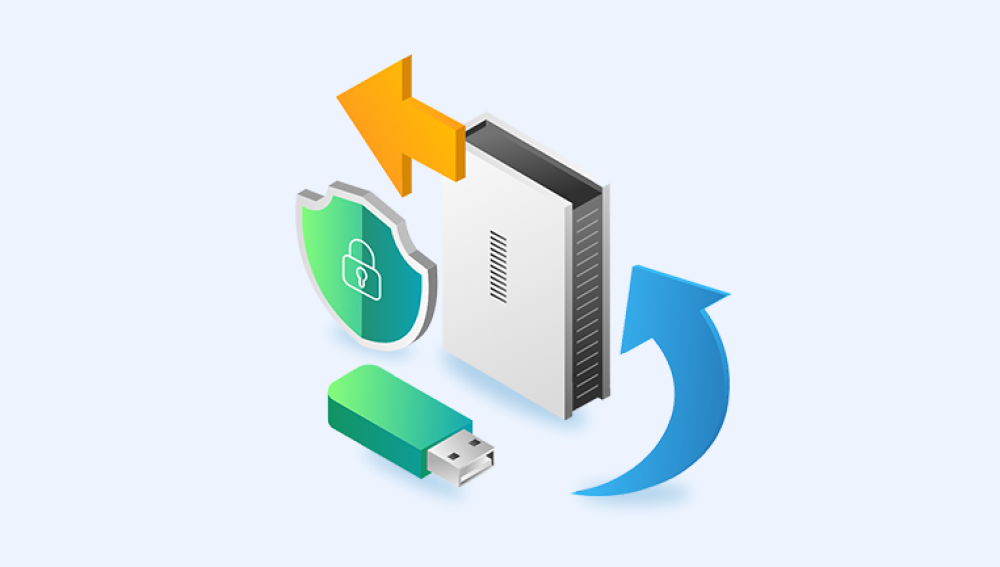A flash drive also known as a USB drive or thumb drive is a compact and convenient tool for transferring and storing files. Whether it’s homework, photos, business documents, or video files, most people have relied on a flash drive at some point in their lives. But what happens when a file you depend on disappears?
Chapter 1: Flash Drive Data Loss
1.1 What Happens When Files Are Deleted
When you delete a file on a flash drive:
The data isn’t immediately destroyed.
The file’s entry in the file system (FAT32. exFAT, or NTFS) is marked as "free space."

The actual data remains on the device until it’s overwritten.
That’s why using the flash drive less after deletion is critical each new file could overwrite the deleted one, reducing the chances of successful recovery.
1.2 Common Causes of File Deletion
Accidental deletion: Drag-and-drop errors, misclicks, or batch deletions.
Formatting: Quick format or full format deletes all user-accessible data.
Corruption: File system damage from improper ejection or power loss.
Virus attacks: Malware that hides or deletes files.
Transfer interruption: Removing the drive during file transfer.
Understanding the root cause can help determine the best recovery method.
Chapter 2: Stop Using the Flash Drive Immediately
Before you try to recover anything:
Stop saving new files to the flash drive.
Eject it properly and avoid making any changes.
The less activity on the drive, the higher the chances of a full recovery.
Chapter 3: Try Built-in System Recovery Options
3.1 Windows Recycle Bin (Not for Flash Drives)
When files are deleted from a flash drive in Windows, they do not go to the Recycle Bin. They are usually deleted permanently. However, if a file was moved to your computer first, it might be found in the Recycle Bin.
Open Recycle Bin on your desktop.
Look for your file—if found, right-click > Restore.
If not there, continue with external recovery tools.
3.2 File History (Windows)
If your flash drive was part of a File History backup, you can restore files this way:
Go to Control Panel > File History.
Click Restore personal files.
Navigate to the folder associated with the flash drive (if backed up).
This only works if the flash drive was explicitly backed up.
Chapter 4: Use Free Data Recovery Software
4.1 Top Free Recovery Tools
Drecov Data Recovery is a robust, user-friendly software designed to help you recover lost, deleted, or corrupted files from a variety of storage devices, including hard drives, USB drives, SD cards, and even memory cards. Whether you've accidentally deleted files, formatted your drive, or encountered a system crash, Drecov Data Recovery offers an effective solution for retrieving your valuable data.
The software uses advanced scanning algorithms to search for lost files that are no longer visible through conventional means. It supports a wide range of file types, including documents, photos, videos, and audio files. Additionally, Drecov Data Recovery can recover files from devices with damaged or corrupted file systems.
One of the key features of Drecov Data Recovery is its intuitive interface, making it accessible even for users with little technical knowledge. The program provides two main scanning options: Quick Scan, for fast file recovery from lightly damaged devices, and Deep Scan, for more thorough searches when the data has been severely compromised. Users can preview the recoverable files before performing the recovery, ensuring that the files they need are successfully retrieved.
Chapter 5: Recover from Backup Options
5.1 Google Drive / Dropbox
If your flash drive contents were also synced to cloud storage, check:
Google Drive > My Drive
Dropbox > Deleted Files
Restore files if available.
5.2 Local Backups
Check your Downloads, Documents, or backup folders.
If you use Time Machine (Mac) or File History (Windows), browse those backups.
Chapter 6: Prevention Tips – Avoid Future Data Loss
6.1 Eject Safely
Always click “Eject” before removing the flash drive.
This prevents corruption.
6.2 Backup Regularly
Copy files to cloud (Google Drive, OneDrive).
Use an external HDD for bulk backups.
6.3 Use Antivirus
Protect from malware that deletes or hides files.
6.4 Avoid Overwriting
When recovering files, never save them to the same flash drive.
Use a different destination (your PC or external drive).
They can recover files using lab-grade tools, though the cost can range from $100 to $1.000+ depending on damage.
Losing important data on a flash drive is stressful, but recovery is more than possible especially if you act fast. Whether you accidentally deleted, formatted, or corrupted the drive, a range of free tools like Recuva, PhotoRec, and Disk Drill can help.




